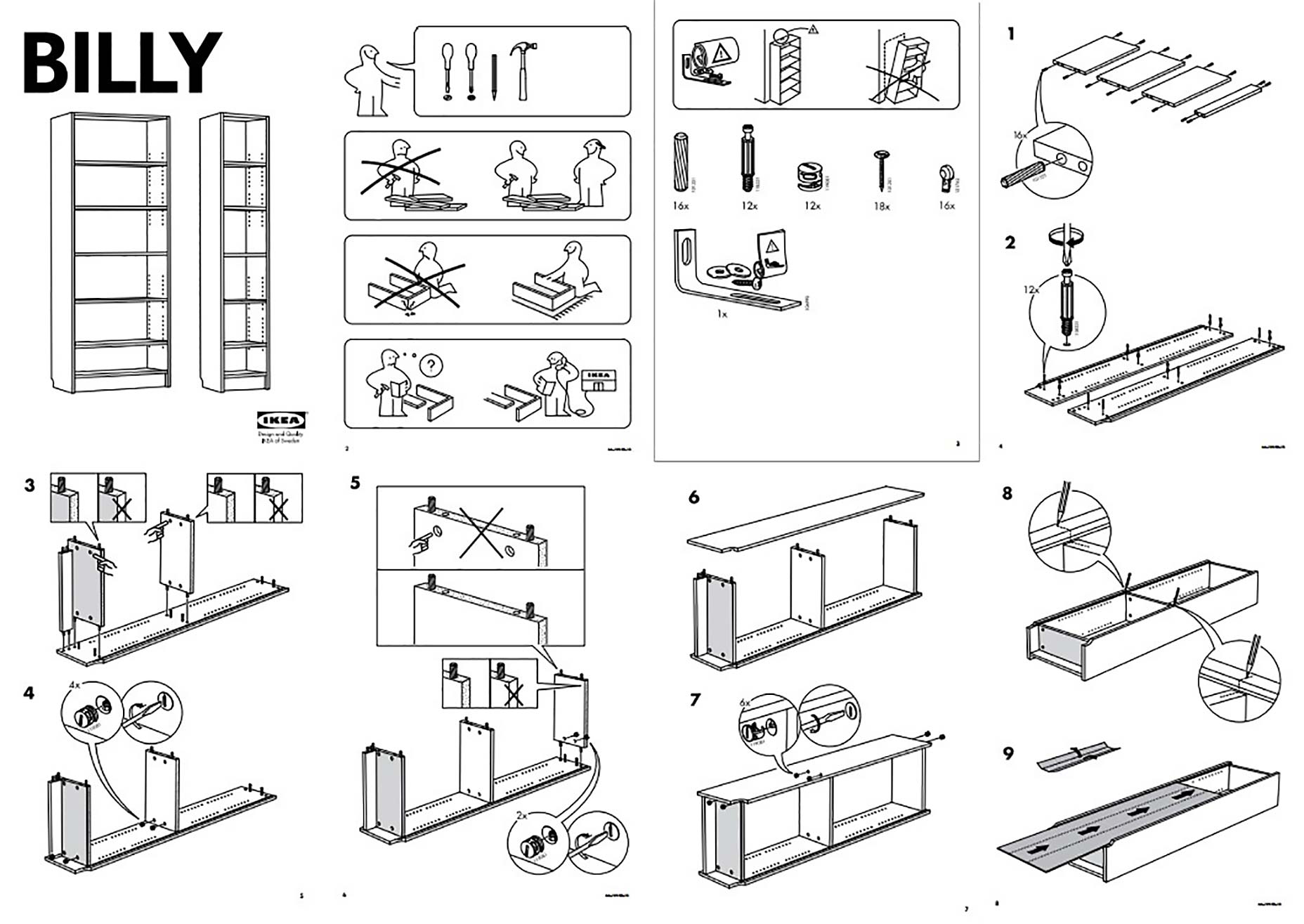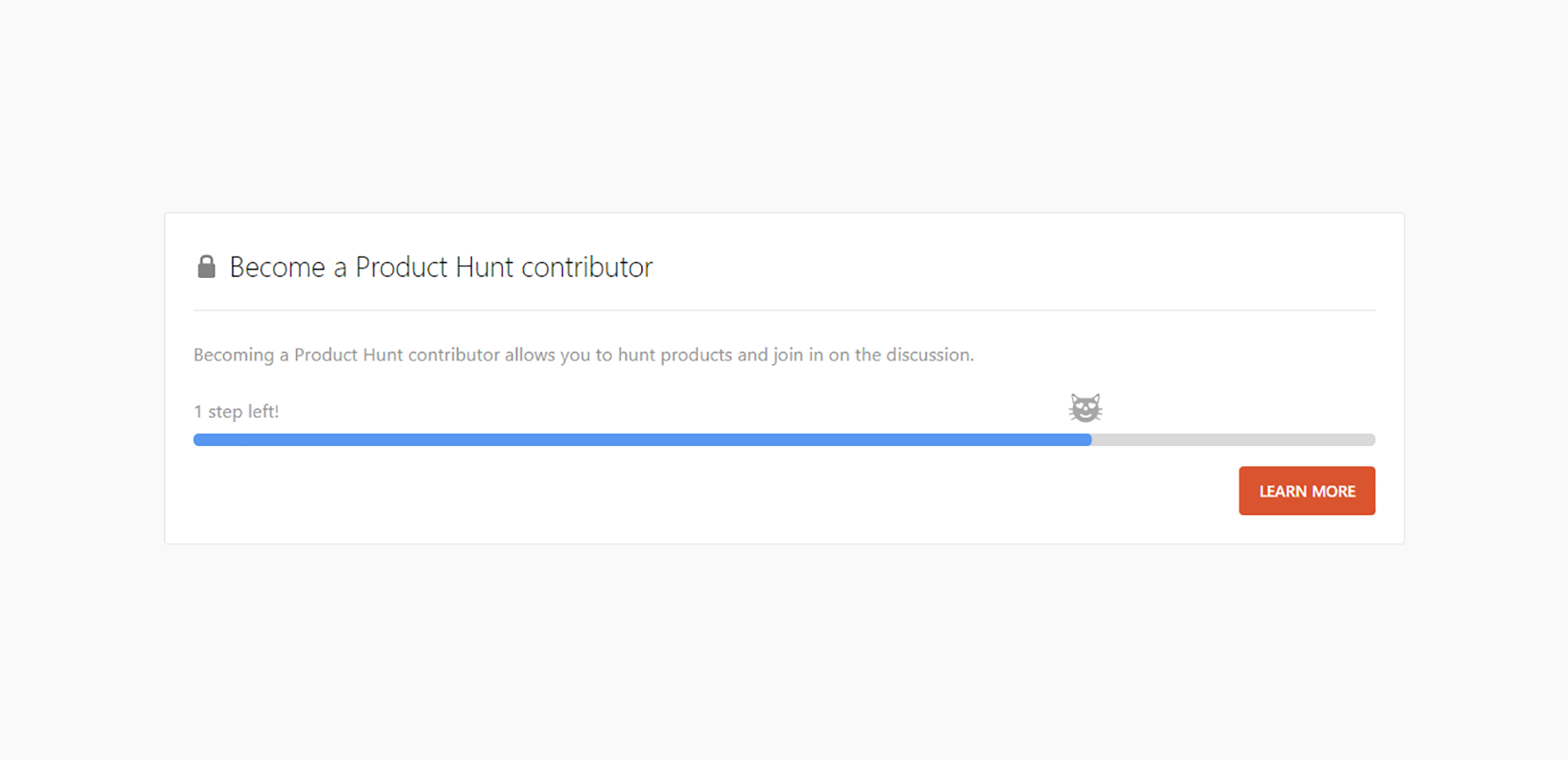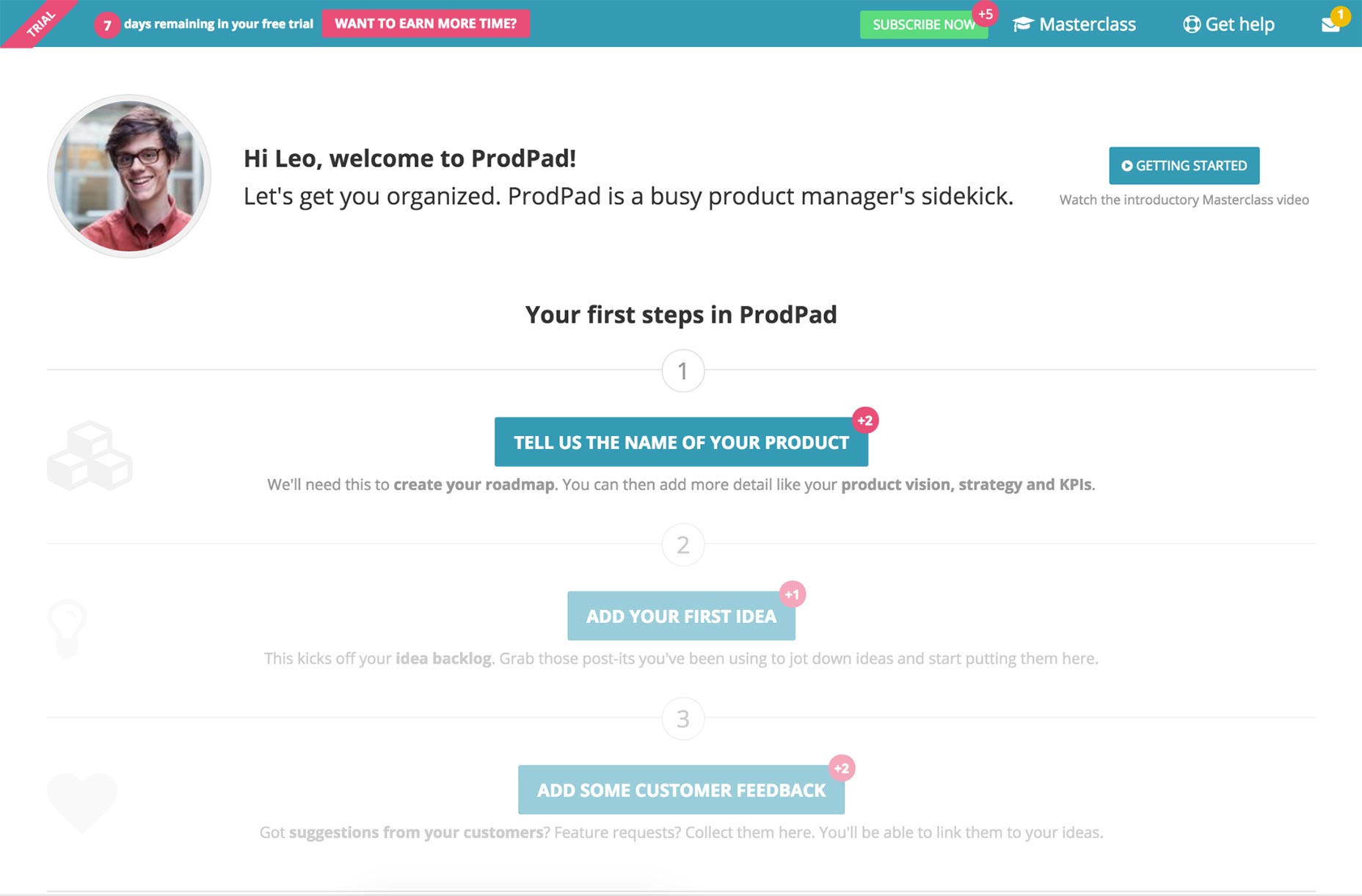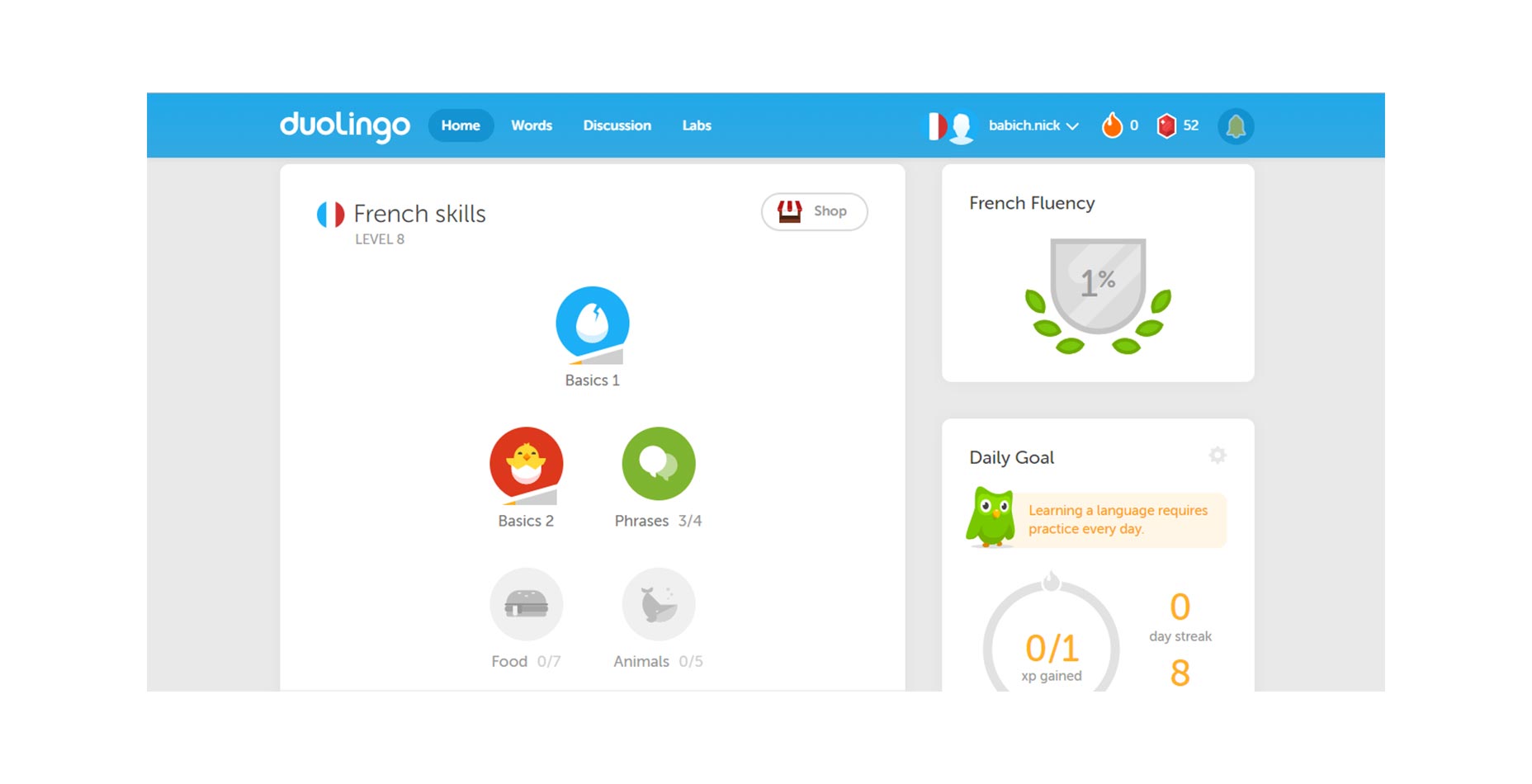How gamification improves user experience
Hi, Habr! I present to you a fairly free translation of the article by Nik Babich.
Creating products that meet user needs has actually become a standard approach to design. Designers, trying to improve the UX, are constantly looking for new techniques and approaches. One of the recently popular methods is gamification.
In this article I will share a couple of tips on how this technique can be used in web design.
What is gamification?
When we hear “gamification”, the first thing that comes to mind is game design. Although gamification and game design have a couple of similar features, they are not directly related. Gamification is a design technique based on the use of game mechanics outside of games. Competently implemented gamification improves user involvement and increases conversion.
How game elements improve user experience
Gamification is often associated with PBL (points, badges, and leaderboards - points, badges, ratings). It is easy to assume that it is possible to liven up the user experience by simply adding some bonus points to it, but this is not so. Gamification is not so much about points as about motivation. If people have the motivation to do something, they will do much more. People play games not because of points, but because it gives them pleasure and challenges.
Web Design Gamification
Gamification can be used to give visitors a clear product path and clear goals. The user will feel like a real player, starting the whole adventure on the site: interaction turns into a story where a visitor (“hero”) overcomes obstacles (“challenges”) and tries to achieve a goal (“get an award”). This makes the process of interaction with the site much clearer and more predictable.
')
Challenge and reward
People love challenges. They force us to focus our efforts on the results and prove that we can solve any problem we are facing. Remember when you last bought something at IKEA, brought it home and collected a few hours. Having fun.

Human nature always pushes us to accept challenges and to prove that we can cope with them.
Similarly, a challenge that is included in a user task flow can become an addictive game element that motivates people to act. This technique is used to motivate the user to perform tasks that would otherwise seem boring (for example, filling a profile).

The percentage in the upper left corner of the PayPal profile constantly motivates the user to add more personal information.
The effect of the challenge can be improved by adding some kind of reward. If the tasks on the site are awarded, the user will have more motivation to accept the challenge.

ProductHunt asks users to complete several tasks before enabling them to join the discussion.
Group Quest
Group Quest - a technique that works similarly to multiplayer in games. To win, players team up.
Kickstarter is a good example of a project that uses a lot of game design techniques. The return report timer, which creates a sense of urgency and is complemented by the last mile drive But the most important thing is that users can perform a crowdfunding task only by working in a team.

Kickstarter uses gamification for crowdfunding.
Step by Step Training
Step by step training is a technique that helps teach users how to use your product. The training program is divided into several steps (for example, levels), and each step is available only after the previous one.
This mechanic helps to make the process of the first interaction with the product as simple and clear as possible. When ProdPad was thinking about how to improve the process of getting to know the service, she got the idea to gamify it. ProdPad turned acquaintance into a whole adventure; each step taken in the training system (for example, adding a product name or any additional data) extends the trial period.

If you visualize the whole interaction process, it becomes more understandable for users. They will have the opportunity to assess the required effort and plan time.
Social impact
People are social creatures. What we do is often based on what others think. This human psychological property can be used in the development of web experience.
Opower is a company trying to help people reduce electricity bills. She found a good way to change human behavior — instead of showing abstract numbers, Opower demonstrates the “best” and “average” cost of its neighbors. When people see this, they immediately want to be at least at the middle level.

Opower, using social comparison, motivated millions of families to save on electricity
Development and achievements
This technique is based on the fact that people are motivated by seeing their progress, and this pushes them to develop their abilities and achieve excellence in any field.

A good example is Duolingo, which gamified the learning process and turned it into a fun, exciting experience. Every lesson is a challenge; when the user completes the task, Duolingo rewards him with a badge.
Conclusion
Of course, user experience in its essence is more tied to usability and simplicity, but there is an additional ingredient that strongly influences this experience - pleasure. Interaction with the interface should be not only convenient, but also enjoyable; this can be done with gamification.
Source: https://habr.com/ru/post/424361/
All Articles